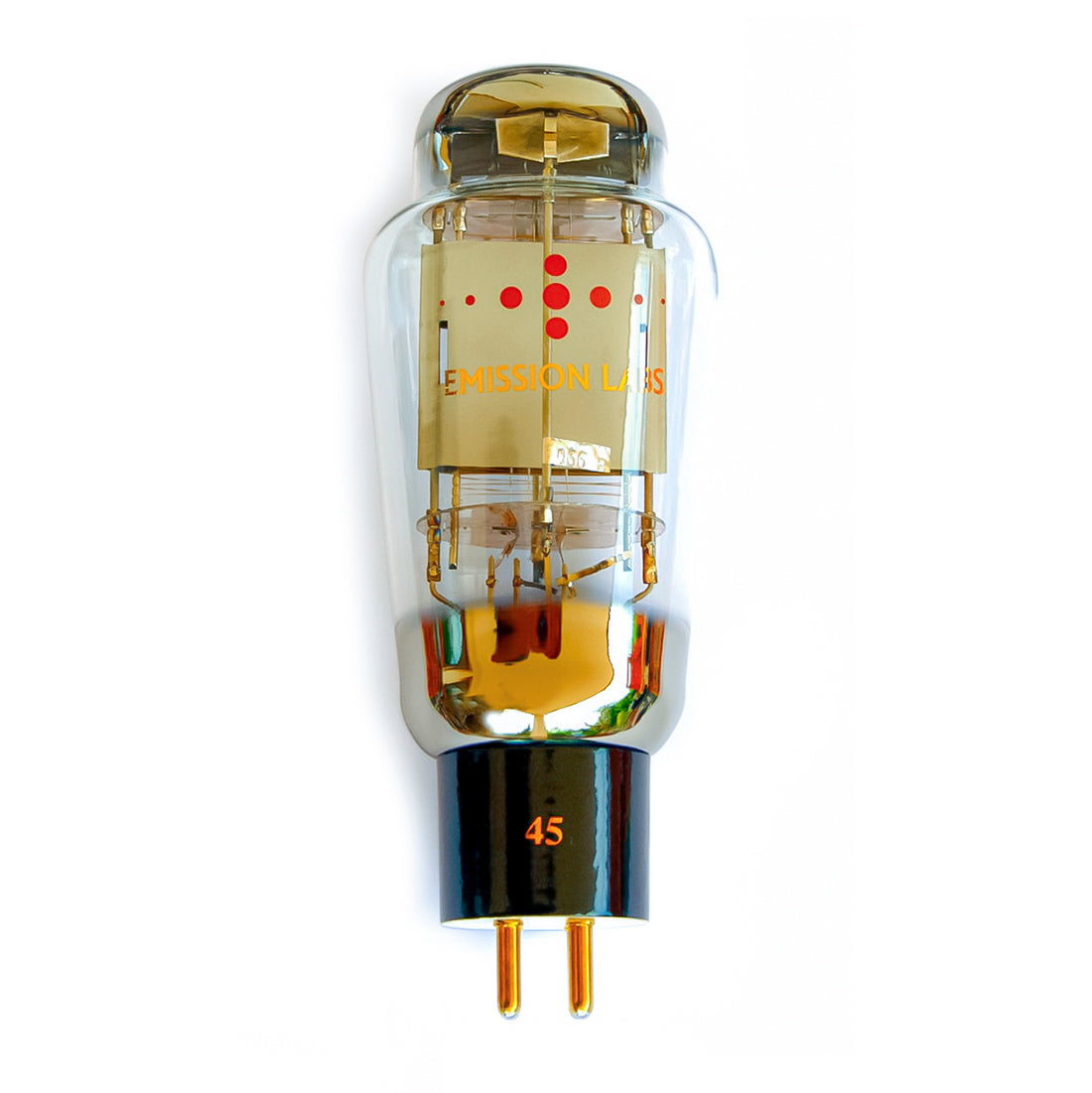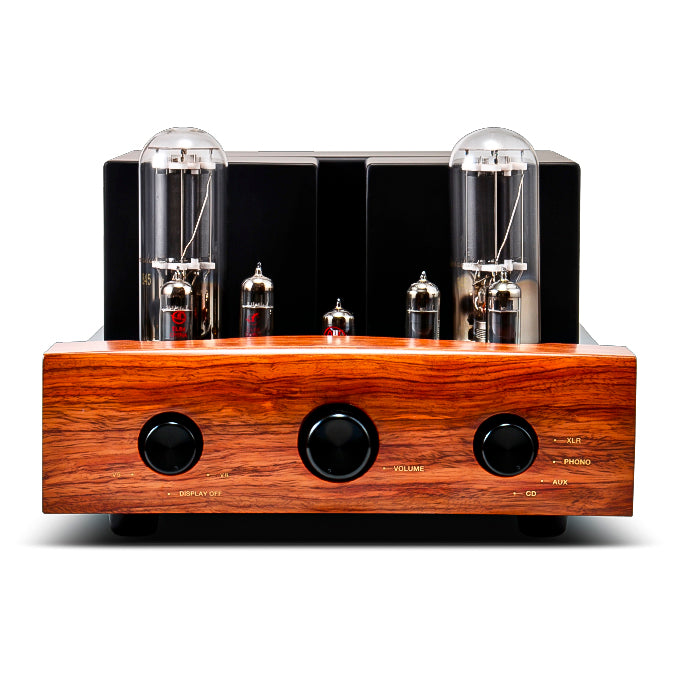*The delivery date may vary depending on the manufacturer's order status.
A pure straight arm that overwhelms with the clarity, power, and depth of bass instruments
MJ technology of the year, analog Grand Prix
Tonearm design has traditionally been primarily designed to reduce tracking errors. But even more important was the time fluctuation caused by the fluctuation of the side forces. This highlighted the fact that it was causing a much bigger problem than a tracking error.

The tonearm developed by Fidelix has a side force of 0, so the product name is "0 SideForce". Even if a side force is about to occur, the arm moves horizontally to always balance the motion, so there is no need for a canceller.

If there is no offset angle, the unwavering bass is as powerful as if it were crawling on the ground. If you like bass, it's irresistible. There is no ambiguity, so it seems to be a master tape or a well-made digital device.

Made of hard stainless steel, with a fulcrum structure with gem bearings
The main parts of the arm are made of SUS304, a hard-to-process and strong stainless steel material.
This, combined with the clear fulcrum structure of the gem bearing and the MITCHAKU headshell, provides firm support for the cartridge. The front of the fulcrum has a tight structure, but the weight behind the fulcrum is made of rubber and floats on the orthodox to eliminate even the slightest resonance sound.

The basic structure is a one-point type with a gem bearing, but in order to eliminate fluttering on the left and right, the record side is made heavier so that it intentionally touches lightly 20 mm below the fulcrum. Strictly speaking, it is a two-point structure, but based on its pressure ratio, it can be called 1.01 points. Because of this structure, there is a rattle of about 0.1 mm when held by hand, but during playing, there is a clear movement without ambiguity due to the three points that combine these above two points and one point of the stylus.

This method operates at 1.01 points as long as there is gravity, so there is no true rattling. The front of the fulcrum has a strong structure, but the weight behind the fulcrum is made of rubber and floats on the orthodox to eliminate the slight resonance sound.

The installation hole is φ30 mm at 232 mm from the center of the turntable, but it fits well with the 230 mm Fidelity-Research FR-64 and 235 mm SAEC WE-308 positions. It is designed with a record radius of 89.6 mm and a tracking error of 0 degrees.

The arm position is 232 mm ± 3 mm, so it fits the hole for FR-64 and WE-308N. In the case of 230 mm such as FR-64, the underhang will be 16 mm, and the record radius will be 0 degrees at 84.3 mm point. In the case of 235 mm, such as the WE-308N, the underhang will be 21 mm, and the record radius will be 0 degrees at the 97.1 mm point. The hole to be drilled is φ30 and is located 232 mm from the center of the turntable, but if you drill a long hole of 215 mm to 235 mm, many short arms can be used.
| Distance between the turntable and the center of the arm |
Normal specification: 232mm±3mm Long Arm Specification: 299mm±4mm |
|---|---|
| The distance between the fulcrum of the arm and the needle tip |
Normal specification: 214mm Long Arm Specification: 281mm |
| Underhangs |
Normal Specification: 18mm Long Arm Specification: 18mm |
| Needle pressure | 3 g for one rotation of the main weight, 28.5 g for compatible cartridges (35.5 g with sub-weight) |
| output | Rhodium-plated 5-pin DIN |
| accessory | MITCHAKU headshell (MITCHAKU-L for long specifications), sub-weight, nut turn, hexagonal wrench, SaSuPa |
I was reading FIDELIX's article on the 0 SideForce arm and I was intrigued.
I was particularly interested in the following comments.
"One of the secrets of the sound of the pure straight arm is that there is no offset of the arm.
The fact that the fulcrum on the cantilever side of the cantilever does not swing due to the change in the resistance of the sound groove of the record due to the fact that the cantilever is lined up in a straight line connecting the stylus and the arm fulcrum is more important in terms of sound quality than the increase in tracking errors~"
Is that really the case?
The pure straight arm is disadvantageous for the internal distortion of the record, but it seems to have advantages that more than make up for it. As an aside, the London cartridge without a cantilever will not have the effect of a pure straight arm, but I don't know (laughs)
By the way, I thought it would be a good idea to renew the player body for the arm, but I found out that it could be attached to my DP-900M, so I immediately introduced it.
FIDELIX specified values: mounting pitch 232±3 mm, hole diameter 30 mm
DP-900M measured value: mounting pitch 232mm, hole diameter 35mm
The pore size is 5mm larger, but there is no problem at all.
The Auto Arm Lifter "The Q UP" also works perfectly.
As a first impression, you will be surprised by the dazzling clarity of the sound. It's also good to get out. If this is the correct sound of the arm, then all the other arms are faulty, and the direct feeling is different. *Audio common sense is insane






























































